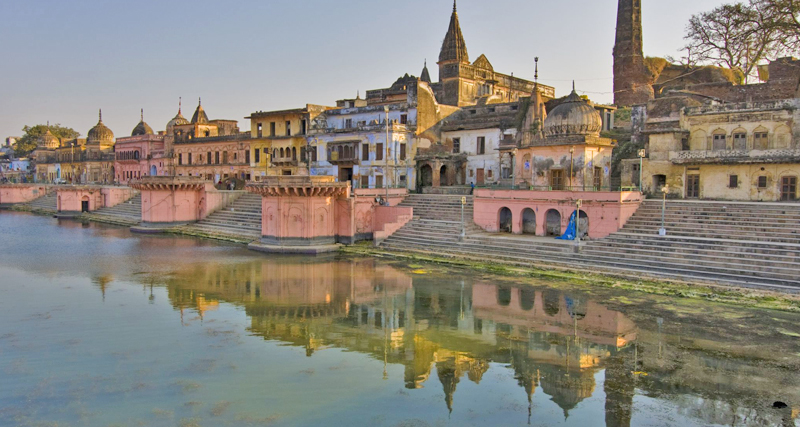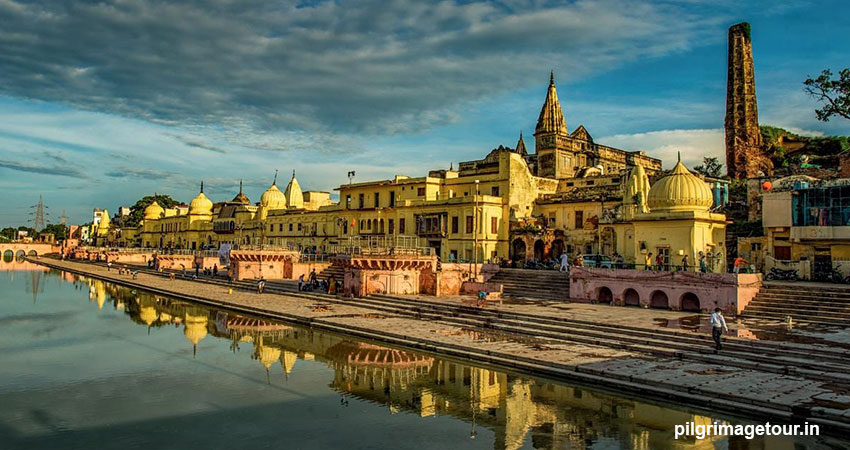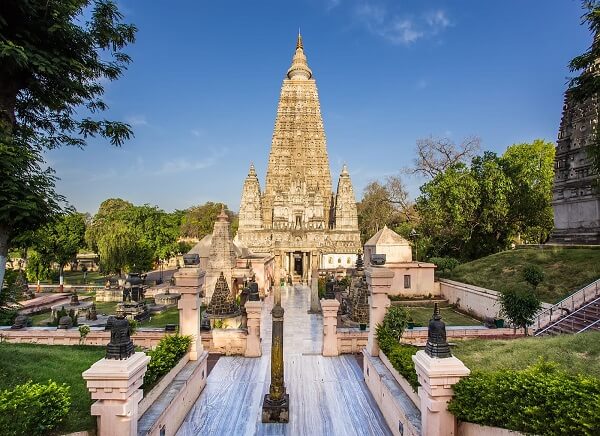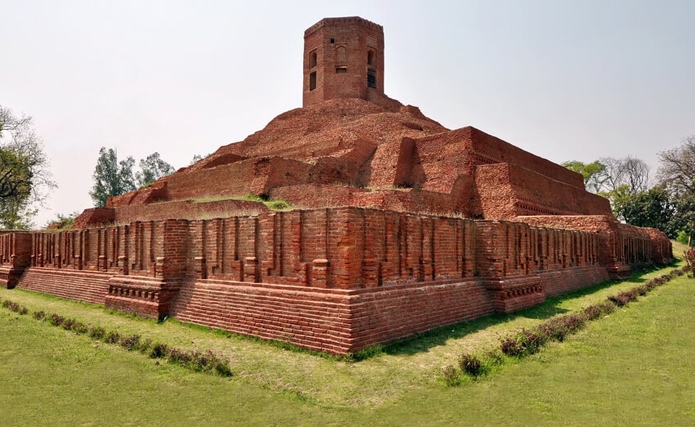Varanasi's Tulsi Ghat is also a must-see. Tulsi Ghat is named after Tulsidas, an exceptional sixteenth-century Hindu writer. The Tulsi Ghat is a must-see for anybody interested in Hindu mythology. At Varanasi, Tulsi Das penned the inimitable Ramcharitmanas. Tulsi's composition did not sink when it dropped into the Ganga, according to legend. The Ramlila (life narrative of Lord Rama) is also said to have sprung out of nowhere here. Perhaps the Tulsi Ghat was chosen as the site for a Lord Ram shrine. The Tulsi Ghat houses a significant number of Tulsi Das's relics. The home where Tulsidas died has been preserved, and his samadhi, wooden stops, pad, and the Hanuman symbol, which Tulsi adored, are all in good condition.
History
The ghats of Varanasi are an integral part of the city's culture. Tulsi Ghat is one of the most essential, but it is also one of the most unruly. Observe fans and sadhus (holy men) performing religious rituals and take part in hundreds of years of festival traditions. Tulsi Ghat is named after Goswami Tulsidas, a sixteenth-century artist who wrote the epic sonnet Ramcharitmanas while in Varanasi. Today, the artist's artifacts are strewn throughout the ghat.
Tulsi Ghat means offer an excellent vantage point from which to see the enthralling movement on the Ganges River banks. Throughout the day, pioneers, cheerfully clothed sadhus, and pandits (Hindu researchers) stop there to wash down, plead, and offer donations in the beautiful canal. From the stages, you can see people washing clothes and kids jumping into the water. Visit early in the morning to enjoy a stunning sunrise and explorers finishing their morning prayers.
Look for the little bungalow on the ghat that was Goswami Tulsidas's previous residence. It features antiques related to the celebrated artist's life. A handful of wooden obstructs and a well-preserved image of the Hindu monkey deity Hanuman are among them.
Go to Lolark Kund, a holy water tank located behind the ghat. Lolark Aditya is revered here by devotees. Many people believe that bathing their children in water would help them live longer and heal their skin problems. Join explorers for the Lolark Shasthi festival, where many women take a dip in the sacred water to honor Surya, the Hindu sun deity. The festival takes place in August or September.
Distance from Varanasi: 6.7 km
Best Time to Visit: Lolark Sasthi, Kartik Month
Time Required : 00:20 minutes to 00:30 minutes
Entry Fee : No Entry Fee












 +91-7303039611
+91-7303039611